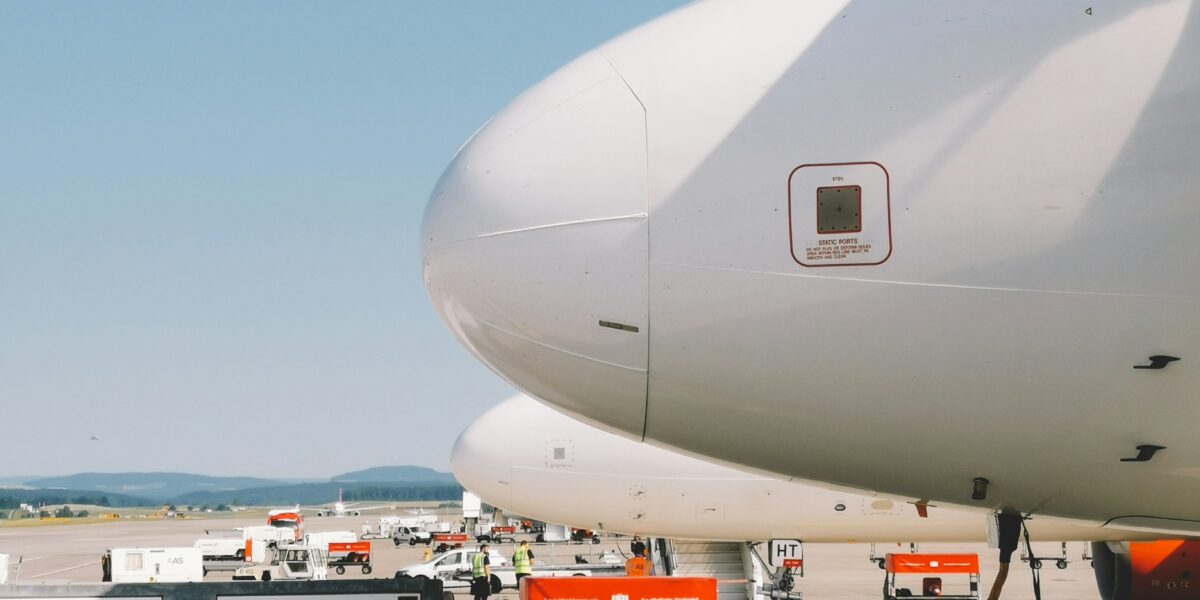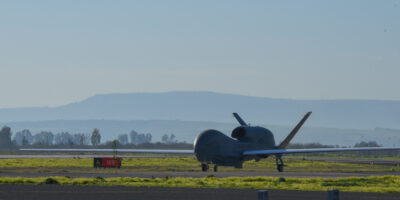
The Inside of Airbus’ Cabin Beluga: A Closer Look
The Airbus Beluga, with its distinctive shape, is one of the most recognizable cargo aircraft in the world. But what does the inside of this unique plane look like? Let’s explore the key features and design elements that make the Airbus Beluga special.
Design and Structure
The Airbus Beluga is designed primarily for transporting oversized cargo. This includes parts of other aircraft, which are often too large to fit into standard cargo planes. The Beluga’s main cargo hold is immense. It measures approximately 141 feet in length and 23 feet in width, providing ample space for large freight items.
The inside of the cargo hold is unobstructed. This allows for easy loading and unloading of cargo. A special loading system, involving a large nose door and a roll-on/roll-off loading platform, facilitates the process. This streamlined design reduces turnaround times at airports.
Flight Deck
The flight deck of the Airbus Beluga is positioned below the main cargo area. This unique arrangement keeps the cockpit away from the nose opening for cargo loading. The flight deck itself is similar to other Airbus aircraft. It features advanced avionics and ergonomic controls that improve pilot comfort and operational efficiency.
Airbus has equipped the flight deck with the latest technology. This includes fly-by-wire systems and an advanced navigation suite. These elements ensure safe and reliable operation during flights.
Environmental Controls
The environmental control systems in the Airbus Beluga play a critical role. Maintaining temperature and pressure for sensitive cargo is essential. The aircraft is equipped with climate control systems that can be adjusted based on the nature of the cargo being transported.
Humidity levels and air quality are also monitored and regulated. This is particularly important when transporting items like artwork, medical supplies, or delicate machinery. The system ensures the cargo arrives in the same condition as it was when loaded.
Safety Features
Safety is a paramount concern in the design of the Airbus Beluga. The aircraft is equipped with multiple safety mechanisms. These include reinforced doors, fire suppression systems, and redundant control systems. The design ensures the highest level of protection for both the crew and the cargo.
The Beluga also features enhanced structural components. These components provide additional strength and durability. The reinforced fuselage and landing gear enable the aircraft to handle heavy loads without compromising safety.
Operational Efficiency
The efficiency of the Airbus Beluga extends beyond its design. Usage patterns and operational strategies also play a role. Airbus has optimized flight routes and schedules to maximize the aircraft’s utility. Technological advancements and strategic planning help to reduce fuel consumption and operational costs.
Crew Accommodations
The Airbus Beluga is designed with the crew’s comfort in mind. The cabin includes rest areas, seats, and storage compartments. These facilities provide a comfortable environment for the crew during long flights.
The crew rest areas are equipped with beds and privacy partitions. These features ensure that crew members can rest during extended missions. Ergonomically designed seats and amenities enhance comfort and reduce fatigue.
Loading Procedures
Loading cargo into the Airbus Beluga is a meticulous process. Coordinating the movement of large and heavy items requires precision. Specialized loaders and cranes are used to position the cargo correctly. This ensures a balanced load, crucial for safe flight.
Ground crews receive extensive training in handling such operations. Coordination between airport staff, ground handlers, and the flight crew is essential. Communication and teamwork ensure the process runs smoothly and efficiently.
Roles and Responsibilities
The Beluga serves a vital role in Airbus’s supply chain. It transports critical components between production sites. This capability supports the assembly and maintenance of a wide range of Airbus aircraft. The Beluga’s role in the manufacturing process helps keep production schedules on track.
Additionally, the Airbus Beluga is sometimes used for special missions. These include transporting humanitarian aid or unique cargo that requires specific handling. The versatility of the Beluga allows it to adapt to various logistical needs.
Maintenance and Upkeep
Maintaining an aircraft as unique as the Airbus Beluga requires specialized knowledge. Mechanics and technicians are trained specifically for this aircraft. Maintenance routines are rigorous to ensure the aircraft remains in optimal condition.
Scheduled checks and overhauls are a regular part of the maintenance cycle. These routines address wear and tear, ensuring all systems function correctly. Inspections and preventive measures mitigate potential issues before they arise. This focus on maintenance supports the Beluga’s reliability and longevity.
Innovations and Upgrades
The Airbus Beluga continues to evolve. Recent upgrades include the development of the BelugaXL. This newer version features increased capacity and improved efficiency. It builds on the success of the original Beluga while incorporating the latest technological advancements.
Future innovations may include enhanced avionics and even more efficient engines. These upgrades will ensure the Beluga remains a key part of Airbus’s operations for years to come.
Conclusion
The Airbus Beluga is a marvel of modern engineering. Its distinctive design and unique capabilities make it an essential part of the aerospace industry. Inside the Beluga, every detail is meticulously planned to ensure safety, efficiency, and reliability. The aircraft’s versatility and adaptability showcase Airbus’s commitment to innovation and excellence in aviation.
“`




Subscribe for Updates
Get the latest articles delivered to your inbox.
We respect your privacy. Unsubscribe anytime.